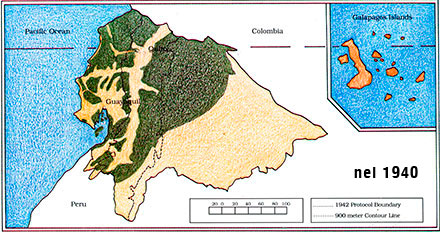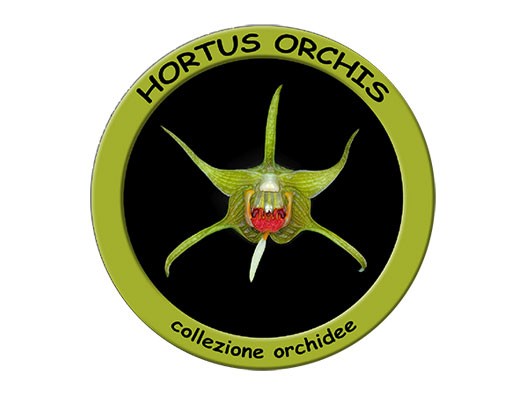the extraordinary beauty of a private collection of "tropical" orchids
It was founded by "Hortus Orchis", a non-profit Association to:
- protect and promote the great heritage of the biological and cultivated orchid collection that takes the same name "Hortus Orchis"
- to enable it it expand and, above all, to have a future
- safeguard its hundreds of beautiful orchids, many rare or already extinct in the wild, and not alow this collection of high natural value to dissipate
But why bother to save this collection?
In nature, these plants are seriously threatened due to the systematic destruction of rainforests.
In Ecuador alone 50,000 orchid plants are being destroyed every day (data American Orchid Society, 2005) * and all climatic studies, foresee in the near future, significant changes that could affect the survival of a number of orchids (in addition to many other plant species)
But heavy alterations of natural habitats occur every day in Brazil, Colombia, Venezuela, Mexico, in tropical Africa, Malaysia, Borneo, Java, Sumatra, Indonesia, Indochina Peninsula, Papua, and other countries where, in order to obtain valuable timber or create plantations many primary forests and savannas are destroyed permanently.
Today in Italy, it is difficult to see a public collection of orchids, although in the past we had some very important ones.
To cite some examples : the Grand Duke Leopold II of Tuscany had a collection of orchids, at that time one of the most important in the world, but it was lost on his death , the Domidoff collection in Florence (orchids and rare plants) suffered the same fate.
The same was true for the important collection of Castel Gandolfo, owned by the Vatican City, and that of Coleman, that disappeared in a short time, but .... the list is much longer.
For these reasons, I would like the collection "Hortus Orchis" to remain alive for a long time to come.
How many collections of living plants, are there in this corner of biodiversity, collecting epiphytes, litofite and geophytes, with a height varyng from a few mm to 4 meters, from many parts of the world: Central and South America, especially the Andes and from ' Amazonia, tropical Africa, Japan, Asia Himalayas, Indochinese Peninsula, China, Malaysia, Borneo, Sumatra, Java, Sulawesi, the Moluccas, Papua, Philippines, Australia, New Zealand.
Environments ranging from the rainforests to the semi-desert areas, from an altitude of 4000 meters in Tibet and Ecuador, to islands on the equator.
The flowers that you can see in '"Hortus Orchis" vary in size from 1 mm to 20 cm, grouped in an inflorescence length of up to two meters, can be more or less fragrant and their flowering, which occurs several times during the year, can last from a few hours to 4-5 months.
I believe it is the duty of our generation to protect these species, maintaining biodiversity and handing them over to our children and generations to come
To achieve these objectives, the 'Association of Horus Orchis is looking for partners , private or public, that agree with these values, to provide donations, material contributions , botanical orchids not included in the collection or to replace them, also considering books, the exchange of plants and sponsorships
This is to ensure continuity for the sole expense of maintaining and expanding the collection, and to ensure that future generations can still admire orchids at high risk of extinction.
We need to create the conditions so that this collection can become public, entrusted in experienced hands, and admired by many people who love the beauty of our
extraordinary nature
| Please, contact us, we will be delighted. Thanks, alfrisio di vita e-mail : This email address is being protected from spambots. You need JavaScript enabled to view it. |
| * Extension of primary forest in Ecuador, highlighted in green |
















